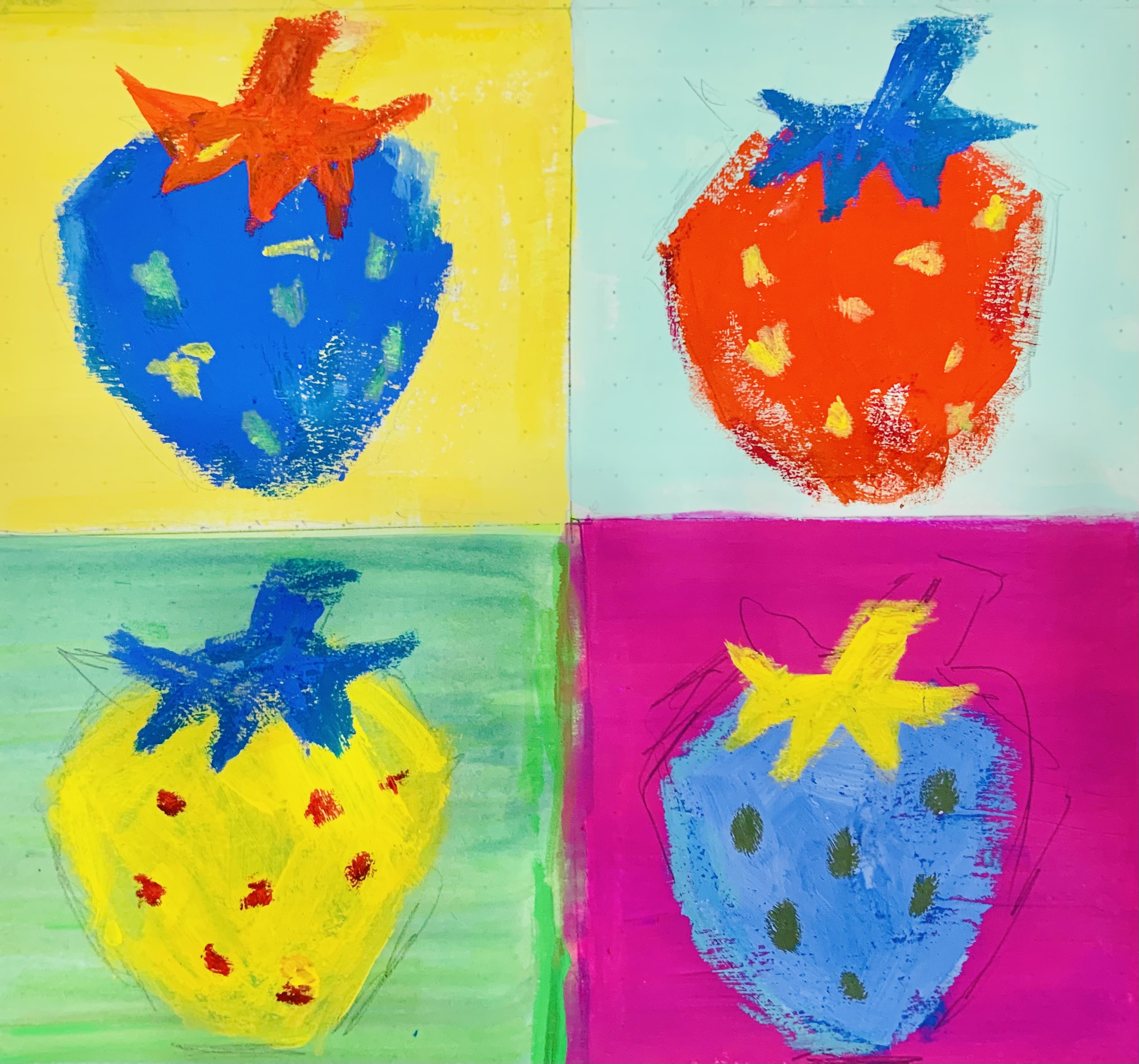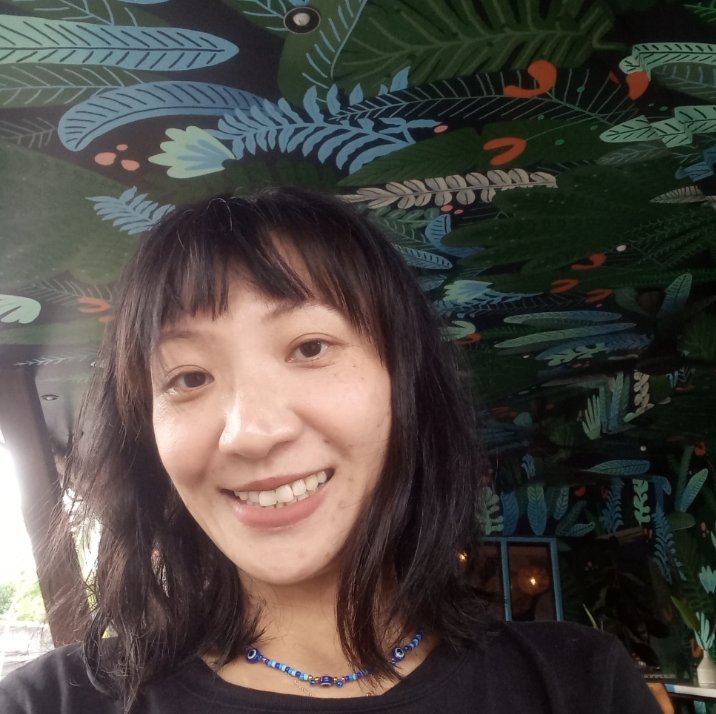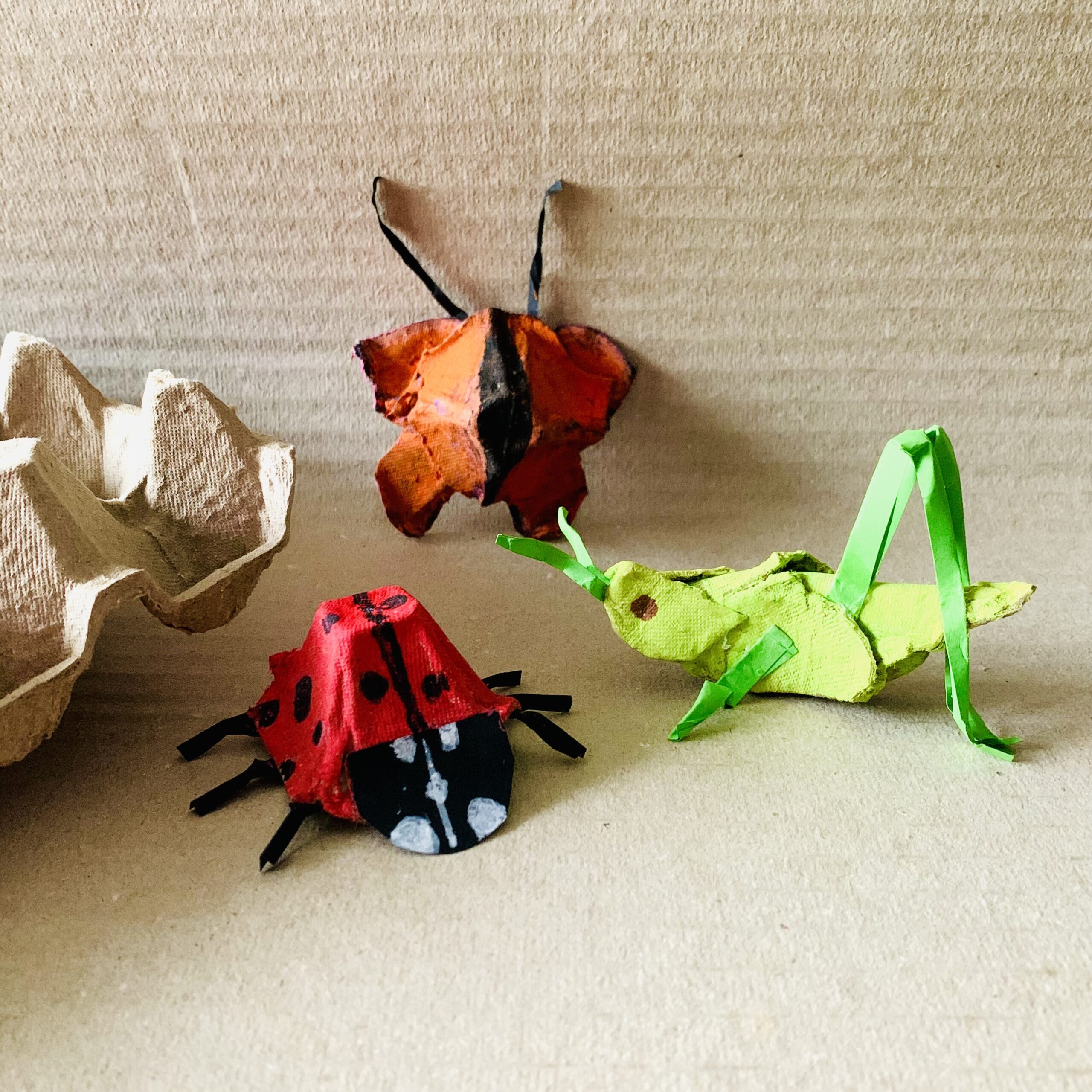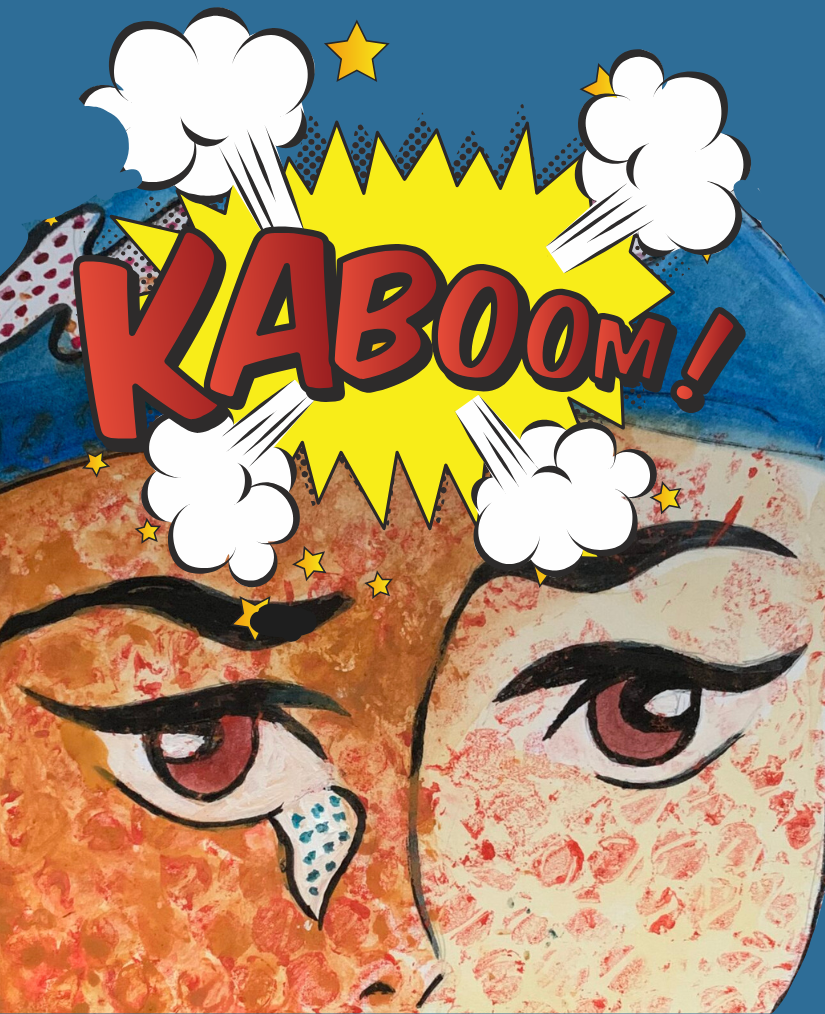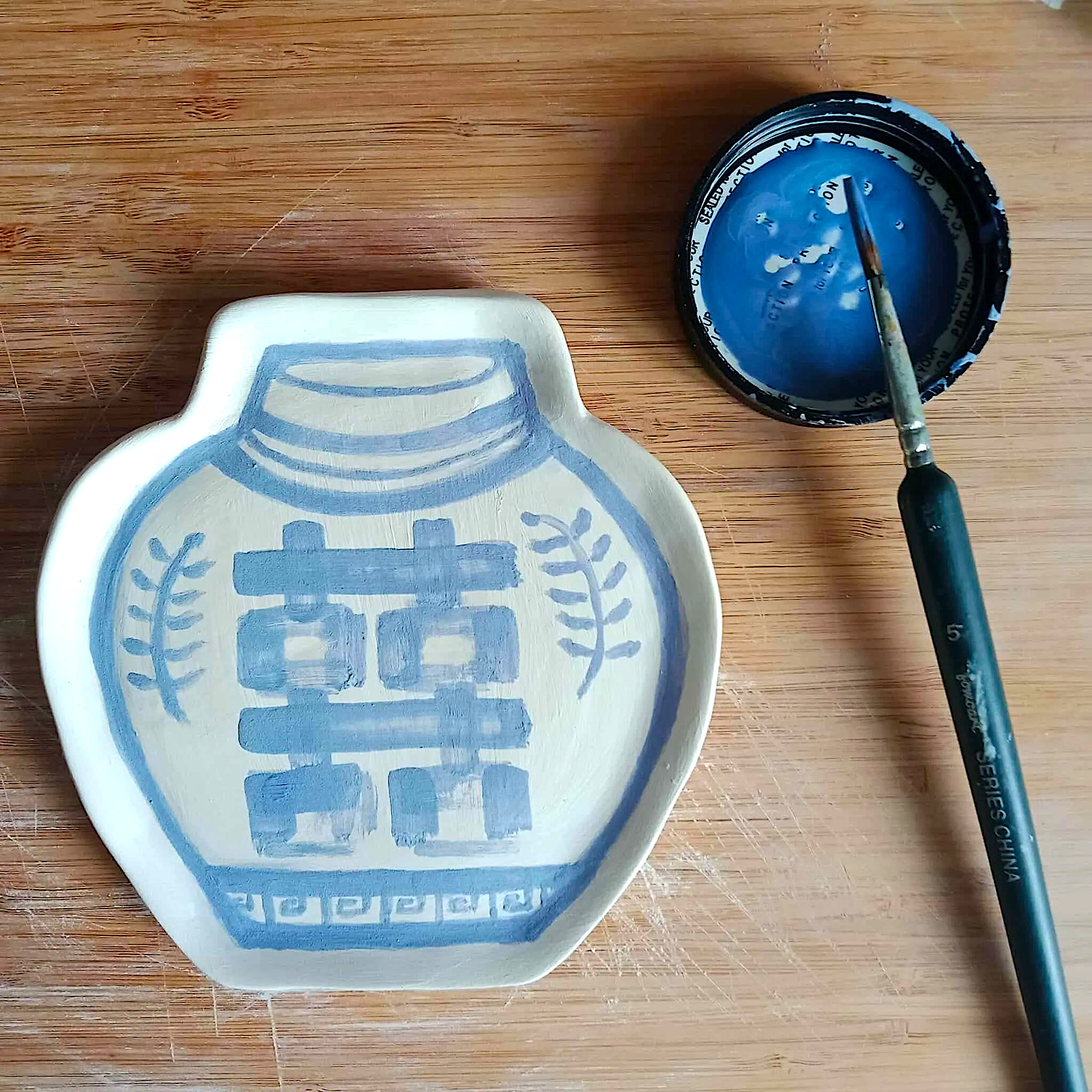Exploring Pop Art: A Splash of Color and Culture with Andy Warhol
Welcome to Today’s Art Lesson!
Today, we’re diving into one of the most colorful and bold movements in modern art history: Pop Art! It’s fun, it’s vibrant, and it brings everyday objects into the spotlight in unexpected ways. Whether you’re a student, teacher, or art enthusiast, get ready to explore how art and pop culture collided to create something totally new.
What is Pop Art?
Pop Art emerged in the 1950s and soared in popularity in the 1960s, especially in the U.S. and U.K. Artists drew inspiration from everyday life—things like advertisements, comic books, and iconic celebrities. They took the ordinary and made it extraordinary.
Key Pop Art features:
- Bold, flat colors
- High contrast
- Repetition and pattern
- Popular culture imagery
- Mixed media experimentation
Spotlight on Andy Warhol
Andy Warhol is perhaps the most famous Pop Art artist. He turned soup cans and movie stars into iconic works of art, using bold colors and repeated imagery. His silkscreen technique allowed him to reproduce an image over and over, each time with different, vivid colors.
Famous works include:
- Campbell’s Soup Cans
- Banana
- Marilyn Diptych
Warhol’s playful use of color and his fascination with consumer goods helped shape the look of Pop Art.
Art Activity: Warhol-Style Mixed Media Fruit Painting
Let’s bring Warhol’s style to life—with a juicy twist!
Project: Create a 4-part mixed media painting of a fruit, using different colors in each section to make it pop!
Materials:
- Thick paper or canvas
- Pencil
- Acrylic paint, markers, oil pastels, collage scraps, or other mixed media
- Ruler (optional for dividing sections)
- Reference image of a fruit (apple, banana, strawberry, etc.)
Steps:
- Divide your paper into four equal sections. You can draw a big square and divide it into a grid of four.
- Sketch the same fruit in the center of each section. Try to keep the shape and placement consistent.
- Use different color combinations in each section. Think: bold contrasts, unexpected colors, and vibrant backgrounds.
- One might have a bright red apple on a lime green background.
- Another could use cool tones—like a blue apple with a purple background.
- Try warm vs. cool schemes, complementary colors, or even patterned backgrounds.
- Experiment with media. Mix and match paint, collage, or pastels to create texture and visual interest.
- Final touch: Outline the fruit in black marker or dark paint for that classic Pop Art pop.
Tips to Make Each Section Stand Out:
- Use complementary colors (like blue and orange, red and green) to create contrast.
- Add patterns (dots, stripes, stars) in the background.
- Use texture by layering different materials—paint over collage, pastel over paint, etc.
- Bold outlines make the image pop just like Warhol’s prints (optional).
Reflect & Discuss:
- How does changing the colors affect how we see the fruit?
- Which color combination stands out the most? Why?
- Can you spot any influences from advertising or pop culture in your work?
Wrap-Up:
Through bold colors and repeated imagery, Pop Art makes the ordinary extraordinary. With your Warhol-inspired fruit, you’ve tapped into the movement’s fun, fearless energy—and brought a little Pop into your own art.


